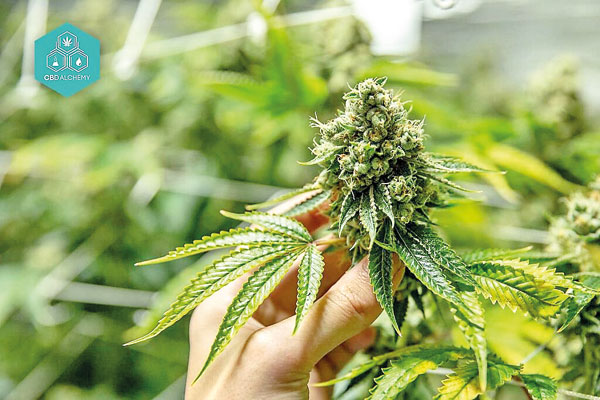Sunday Times 2
A growing national threat: Deadly Kush breaches Sri Lanka’s borders
View(s):By U.W.S. Premathilaka
Sri Lanka’s battle against narcotics has entered a dangerous new phase with the emergence of “Kush”, a powerful new strain of cannabis that has begun infiltrating the country through sophisticated international trafficking networks.
For decades, Sri Lanka’s drug enforcement efforts have primarily focused on heroin and, more recently, methamphetamine (“ice”). However, the arrival of Kush signals a shift towards a new category of threat, one that is being deliberately marketed as a fashionable, high-end drug aimed at the country’s youth.

Kush is a genetically engineered variety bred for its extremely high tetrahydrocannabinol (THC) content
Unlike the relatively mild cannabis traditionally grown in Sri Lanka’s rural areas, Kush is a genetically engineered variety bred for its extremely high tetrahydrocannabinol (THC) content. Forensic examinations confirm that its potency is many times greater than local cannabis. This level of strength significantly increases the likelihood of dependency while raising the risks of psychosis, long-term brain damage, and other serious mental health disorders.
What makes Kush particularly dangerous is its appeal to young people who may view cannabis as a “softer” drug. Many students and professionals are unaware that Kush is not comparable to the cannabis their parents’ generation once knew. Instead, it is a designer strain, sometimes laced with synthetic additives to intensify its effects, turning it into a far more hazardous substance than what its name might suggest.
The rise of Kush in Sri Lanka is closely tied to international trafficking routes. Recent seizures at Bandaranaike International Airport uncovered consignments of the drug concealed inside courier parcels, processed food packages, passenger luggage, and even herbal medicine shipments. Such concealment methods reveal a high degree of sophistication and planning, pointing towards organised crime groups with global reach.
Investigations have already linked some of these smuggling operations to syndicates operating from West Africa and Dubai, regions known to be hubs for transnational drug trafficking. These groups are using couriers, international courier services, and even legitimate trade channels to bypass detection and flood Sri Lanka with Kush.
Once smuggled into the country, Kush is being rapidly distributed through urban hotspots. Intelligence has identified Colombo, Negombo, and Kandy as key locations where traffickers are aggressively marketing the drug. Unlike heroin or methamphetamine, which typically infiltrate marginalised communities, Kush is being positioned as a “luxury” or “party” drug.
Dealers are deliberately targeting middle- and upper-class youth through nightclubs, private parties, and increasingly, online social media platforms. This marks a worrying trend: instead of exploiting poverty and vulnerability, traffickers are now preying on the aspirations, curiosity, and disposable income of young professionals and students.
According to international scientific studies, sustained use of Kush may lead to chronic psychiatric disorders, impair memory and learning, heighten the risk of violent behaviour, and impose a heavy long-term burden on already overstretched mental health systems. On a personal level, for families the consequences are serious: young people who experiment with Kush are at risk of rapid dependence and having their future disrupted by addiction.
Sri Lanka is already struggling to contain the surge of heroin and methamphetamine cases, which overwhelm both law enforcement and the health sector. The arrival of Kush threatens to ignite yet another wave of dependency, this time among students, university undergraduates, and young professionals who represent the future of the nation.
Unless swift action is taken to dismantle the trafficking networks and strengthen border controls, Sri Lanka risks facing a dual crisis: a public health emergency combined with heightened threats to national security. Preventive education, especially targeted at schools and universities, is essential. Parents and communities must also remain vigilant, recognising that Kush is not the cannabis of old but a far deadlier version being marketed under the guise of sophistication and luxury.
Sri Lanka stands at a critical juncture. Having witnessed the damage caused by heroin in the 1980s and methamphetamine in the 2000s, the country cannot afford to underestimate the threat posed by this so-called “designer cannabis”. A failure to act decisively now may result in yet another generation trapped in the grip of narcotics.
(The writer is a senior Assistant
Government Analyst.)

